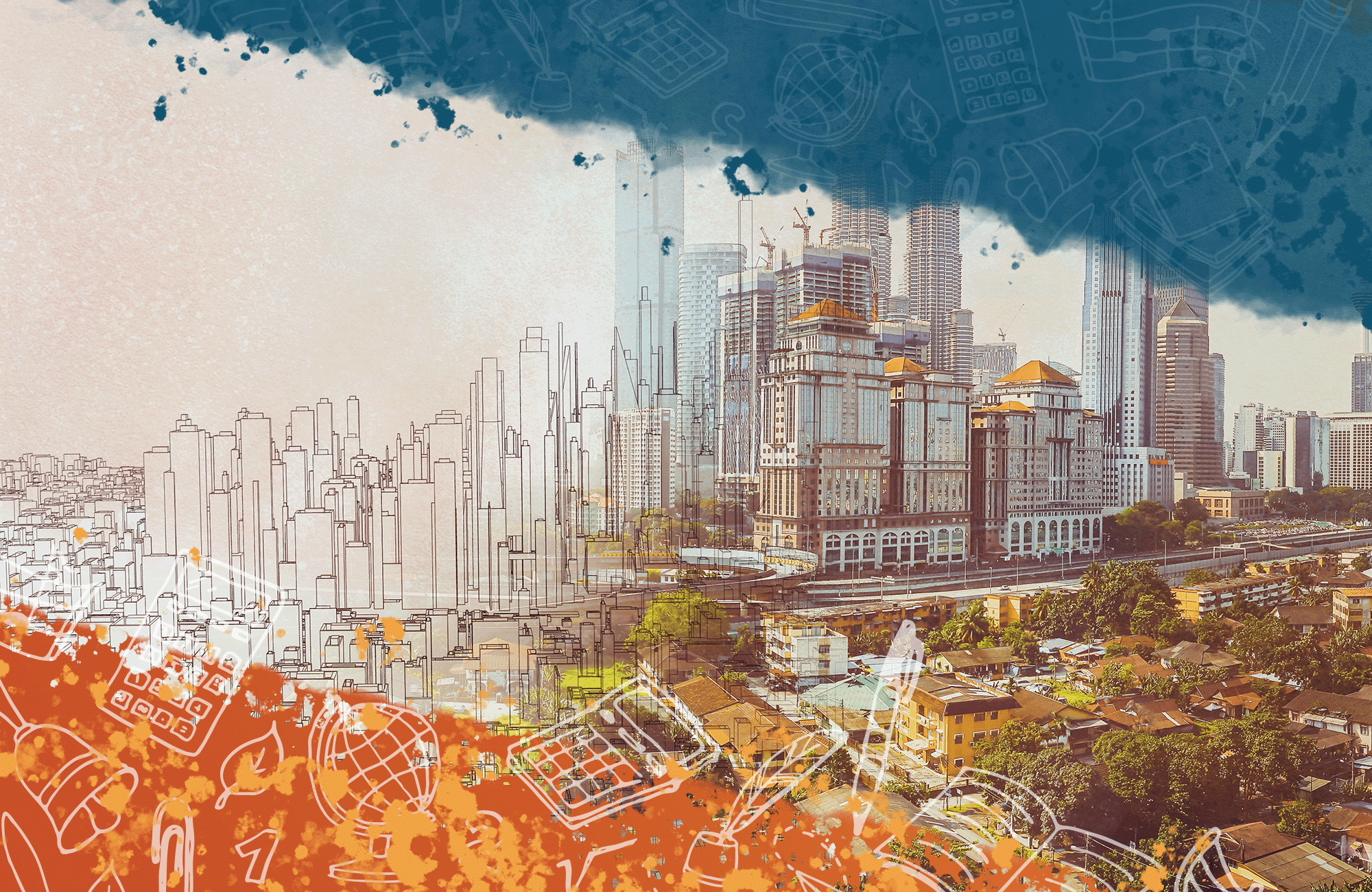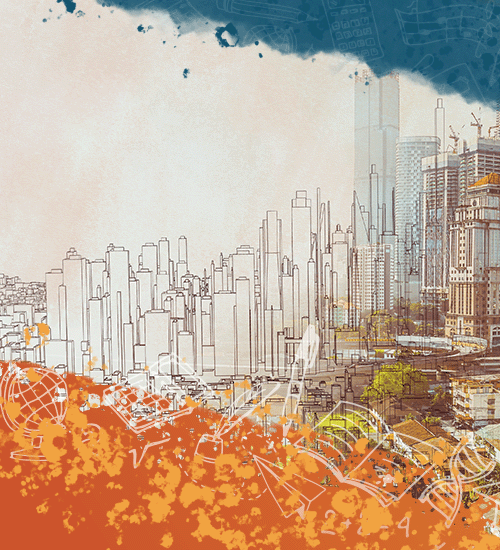

Civil Engineering
Civil Engineering: Building the World Around You
What is Civil Engineering?
Civil engineering makes lots of things people need. There are many kinds of civil engineers. They design infrastructure such as roads, bridges, airports, railroads, buildings, sewer systems, and other structures.
Civil engineers use math, science, physics, and a lot of creativity in order to make infrastructure safer while working better. Civil engineers also work very closely with planners when designing new things or fixing old things so that everyone in the community can be as happy and healthy as possible.
There were even civil engineers thousands of years ago. They designed and built incredible structures like the Egyptian Pyramids, the Roman Aqueducts, and the Great Wall of China.
Modern civil engineers designed and built structures like the Golden Gate Bridge, the Panama Canal, and the Hoover Dam. These structures move people and goods from one place to another and help provide water for drinking or to grow crops.
Modern civil engineers also build things you may not even notice. These things might be:
- Buried underground (like pipes and sewers to make your sinks and toilets work)
- Built where you can’t see them (like the landfills your garbage is sent to)
- So common that you might not even think an engineer built them (like the roads, railways, and bridges that we use every day)
Civil engineers are also designing things for a better future, like recycling plants and systems that filter pollution from the environment.

Watch the Video
What's an Engineer? Crash Course Kids #12.1
Watch this Crash Course video about engineering. The video does a great job explaining how structures like the Golden Gate Bridge help solve a community’s problem, such as the need to travel across a body of water.
Want to learn more about civil engineering? Watch this more advanced video and try to think of other famous civil engineering projects: Civil Engineering: Crash Course Engineering #2
Complete the activities
Activity: Build a bridge with paper and pennies
One of the things a civil engineer does is use different materials to design buildings and bridges that we use every day. These structures need to be strong enough to safely hold cars, trucks, buses, and people. They also have to withstand natural events like high winds, floods, and earthquakes.
The following experiment shows how to use the same materials in different ways to build a bridge. Using a piece of paper, you will try different designs to see what is strongest. Follow the directions below or watch and follow this video by Science Buddies to complete the activity.
Materials:
- Two thick books or small boxes
- Paper (like notebook paper or construction paper)
- Tape
- Coins or other small, heavy objects
Directions:
- Place the books on a table. Leave a gap between the two books that is slightly smaller than the length of your paper.
- Lay a piece of paper on top of the books. What happens? Does it stay flat, or does it bend and touch the table?
- Place some weight like a penny, rock, or a nail in the center of the bridge. Does the bridge collapse? How much weight can it hold?
- Fold the paper in half lengthwise (hot dog style). Put the weight back on the bridge. Does the bridge hold more weight than before?
- Fold the paper again two more times and fold the edges up so it has a wall on each side. Use tape to hold it together. How much weight can the bridge hold now?
- Try using different shapes, using different paper (if you have it), changing the number of times you fold the paper, and changing the bridge lengths to see which is strongest.
- Which design made the strongest paper bridge? Share what you discovered with a parent, teacher, or friend.
Activity: Build a bridge with household materials
There are many types of bridges. Check them out and try building a bridge out of household materials like:
- Aluminum foil
- Cardboard
- Plastic wrap
- String
Get creative! Try different bridge types, lengths, and materials. Try different locations (between chairs, stairs, tables, places in the yard). You can even try using a fan to see how wind would affect your bridge.
Which types of bridges hold the most weight? Which types of bridges are strongest in the wind or rain? What materials made the best bridges?
Activity: Find civil engineering in your neighborhood
The next time you are going for a walk or riding in the car, look around and find as many examples of civil engineering as you can. Think about the examples from this lesson and the videos you watched and make a list of what you see. What materials are they made of? Are they old or new? What problems do they solve? Who is using them? What would life be like without these examples of civil engineering? Share what you notice with someone else, like a parent, teacher, or friend.